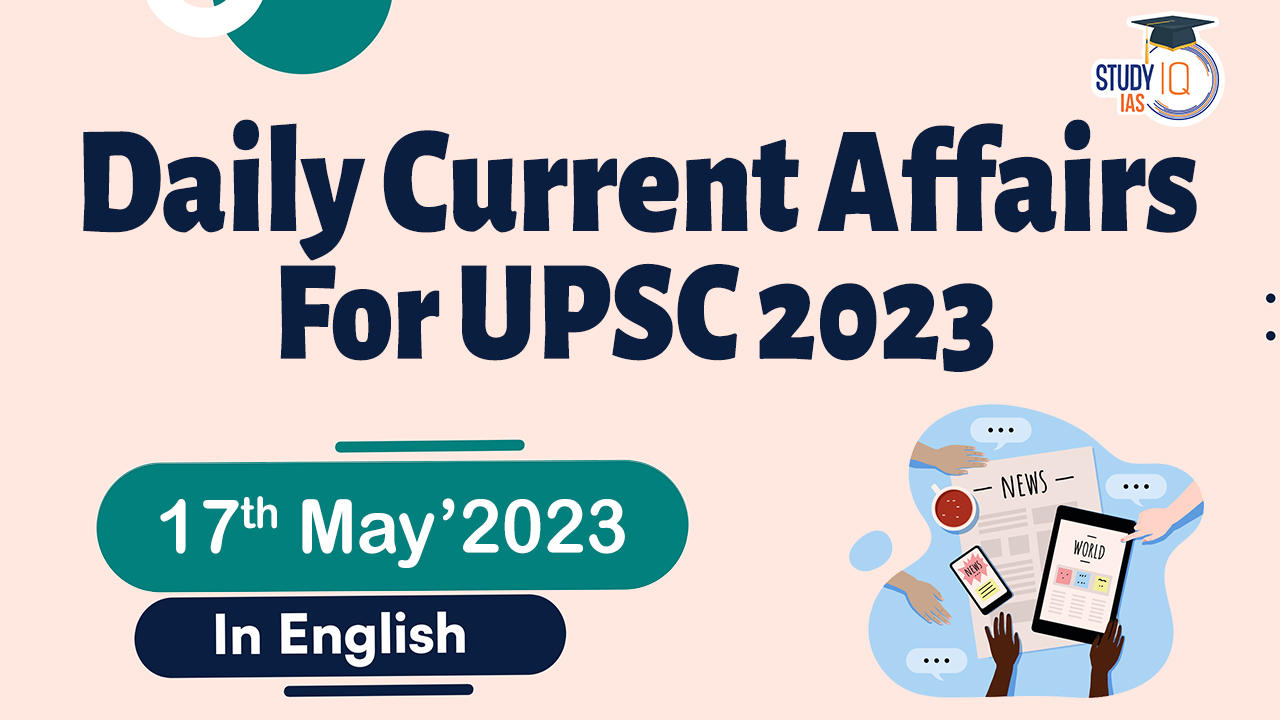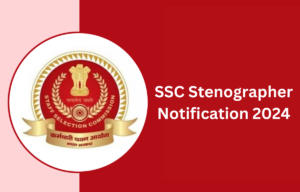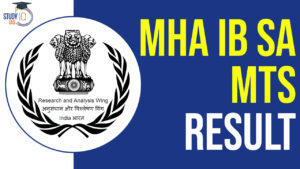Daily Current Affairs for UPSC 2023
Q) Recently seen in news, the ‘Donanemab’ drug is used in the treatment of which one of the following disease?
- Tuberculosis
- Alzheimer
- Ebola virus
- Parkinson’s disease
Daily Current Affairs for UPSC – 16 May April 2023
Explanation:
- Option (2) is correct: Recently, Donanemab drug was found to slow down cognitive decline by 35% in people with early Alzheimer’s. Donanemab is a monoclonal antibody that targets the abnormal plaques of amyloid beta protein characteristically seen in brain images of those with Alzheimer’s. Its mechanism of action is similar toLecanemab, the drug developed by Japanese and American companies Eisai and Biogen that received a fast-track approval from the FDA earlier this year. Aducanumab was the first Alzheimer’s drug to receive approval in 2021. 35% slower cognitive decline is measured using a scale called integrated Alzheimer’s disease Rating Scale (iADRS). Potential side effects of this drug are temporary swelling and tiny bleeds in the brain, called amyloid-related imaging abnormalities (ARIA). Researchers believe this class of monoclonal antibodies weakens blood vessels as they attack the amyloid plaques.
Q) With reference to Union Public Service Commission (UPSC), consider the following statements:
- The Government of India Act of 1935 provided for the establishment of the Public Service Commission in India.
- The Chairman of the UPSC is eligible for further employment under the Government of India.
- The salaries, allowances, and pensions of the members of the UPSC are charged on the Consolidated Fund of India.
Which of the statements given above is/are correct?
- 1 and 2 only
- 2 and 3 only
- 3 only
- 1, 2 and 3
Explanation:
- Statement 1 is incorrect: Post Lord Macaulay’s Report of the Select Committee of British Parliament, the concept of a merit based modern Civil Service in India was introduced in 1854. Initially, the examinations for Indian Civil Service (ICS) were conducted only in London. Maximum age was 23 years and minimum age was 18 years. The first Indian to enter the ICS through the competitive exams in London was Satyendranath Tagore in 1863. The Government of India Act 1919 provided for establishment of Public Service Commission in India. From 1922 onwards, the ICS Examination was held in India, first in Allahabad and later in Delhi with the setting up of the Federal Public Service Commission.
- Statement 2 is incorrect: The Chairman and other members of the UPSC are appointed by the President of India. Any member of the UPSC shall hold office for a term of six years or till the age of 65 years, whichever is earlier. The Chairman of the UPSC shall be ineligible for further employment either under the Government of India or State. A member other than the Chairman of the UPSC shall be eligible for appointment as the Chairman of the UPSC or as the Chairman of a State Public Service Commission, but not for any other employment.
- Statement 3 is correct: An Act made by the Parliament, or the Legislature of a State may provide for the exercise of additional functions by the Union Public Service Commission or the State Public Service. The expenses of the UPSC including salaries, allowances and pensions of members are charged on the Consolidated Fund of India. It shall be the duty of the Union Commission to present annually to the President a report as to the work done by the Commission.
Q) Consider the following statements about the reorganization of states in India:
- Under Article 2 of the constitution, the Parliament can create a new state by merging parts of two states.
- The States Reorganisation Act of 1956 reorganized India into 16 states and two union territories.
Which of the statements given above is/are correct?
- 1 only
- 2 only
- Both 1 and 2
- Neither 1 nor 2
Explanation:
- Statement 1 is incorrect: According to article 3 of the Constitution, Parliament can form a new state by separating a territory from any state. It can also merge two or more states or parts of states. Parliament can also diminish or increase the area, alter the boundary or even change the name of any state.
- In October, 1953, the Government of India was forced to create the first linguistic state, known as Andhra state, by separating the Telugu speaking areas from the Madras state. This followed a prolonged popular agitation and the death of Potti Sriramulu, a Congress person of standing, after a 56-day hunger strike for the cause.
- Statement 2 is incorrect: The creation of Andhra state intensified the demand from other regions for creation of states on linguistic basis. This forced the Government of India to appoint (in December, 1953) a threemember States Reorganisation Commission under the chairmanship of Fazl Ali to re-examine the whole question. Its other two members were K.M. Panikkar and H.N. Kunzru. It submitted its report in September 1955 and broadly accepted language as the basis of reorganisation of states. But, it rejected the theory of ‘one language-one state’. Under the States Reorganisation Act, 1956 which came into effect on November 1, 1956, the distinction between parts A, B, and C states was eliminated and state boundaries were reorganised and new states and union territories created or dissolved. Some of them were merged with adjacent states and some other were designated as union territories. As a result, 14 states and 6 union territories were created on November 1, 1956
Q) Consider the following statements:
- It is located on the southern bank of the Brahmaputra River.
- This area is well-known for the Bengal Florican and one-horned rhinoceros.
- It is a part of the Laokhowa Wildlife Sanctuary.
- Recently, an anti-encroachment drive was successfully conducted here.
Which one of the following wildlife sanctuary/tiger reserve is best described in the statements given above?
- Chakrashila Wildlife Sanctuary
- Nameri Tiger Reserve
- Burachapori Wildlife Sanctuary
- Kamlang Tiger Reserve
Explanation:
- Option (3) is correct: Recently, Assam Chief Minister’s office shared photographs of the successful anti-encroachment drive at Burachapori Wildlife Sanctuary. The Burachapori wildlife sanctuary in Assam is located in the Sonitpur district of Assam. The area was declared a reserved forest in 1974; it became a sanctuary in 1995. It is located on the southern bank of river Brahmaputra. Burachapori Wildlife Sanctuary is actually a part of the Laokhowa Wildlife Sanctuary. These two wildlife sanctuaries in Assam have two different names; they are ecologically and geographically a singular entity. 60% of the sanctuary is grassland. Burachapori sanctuary is well-known for the Bengal Florican and One-horned Rhinoceros. Tiger, Leopard, Wild Buffalo, Hog Deer, Wild Pigs etc. and occasional visit of herd of Elephants. Birds like Bengal Florican, Swamp partridge (fancolin), Wood Cock, Water Hen, Parakeets, Ferruginous Duck etc. are found here.
Q) With reference to Dengue, consider the following statements:
- Dengue is caused by a virus of the Flaviviridae family.
- Dengue mosquitoes are unable to reproduce at below 16 degrees temperature.
- At present, there is no vaccine available to treat this disease.
Which of the statements given above is/are correct?
- 1 and 2 only
- 2 and 3 only
- 3 only
- 1, 2 and 3
Explanation:
- Statement 1 and 2 are correct: Dengue or break-bone fever is a viral infection that spreads from mosquitoes to people, causing a significant number of deaths across the world. Dengue is an illness that is prevalent in tropical and subtropical areas of the world. Dengue is caused by a virus of the Flaviviridae family. The infection spreads from one person to another through Aedes mosquitoes, which act as vector. Aedes is a daytime feeder and can fly up to a limited distance of 400 meters. Dengue mosquitoes can’t breed once the temperature falls below 16 degrees. According to the World Health Organization, about half of the world’s population is now at risk of dengue with an estimated 100–400 million infections occurring each year.
- Statement 3 is incorrect: India is moving closer to developing its first-ever vaccine against dengue. The best preventive measure is to avoid being bitten by mosquitoes and to take steps to reduce the mosquito population. The vaccine Dengvaxia has been approved by regulatory authorities in many countries.


 SSC Stenographer 2024 Notification Out a...
SSC Stenographer 2024 Notification Out a...
 IB SA MTS Final Result 2024 Out at mha.g...
IB SA MTS Final Result 2024 Out at mha.g...
 Model Skill Loan Scheme, Eligibility, Re...
Model Skill Loan Scheme, Eligibility, Re...

















